Home>Articles>How To Get Wrinkles Out Of Peel And Stick Wallpaper
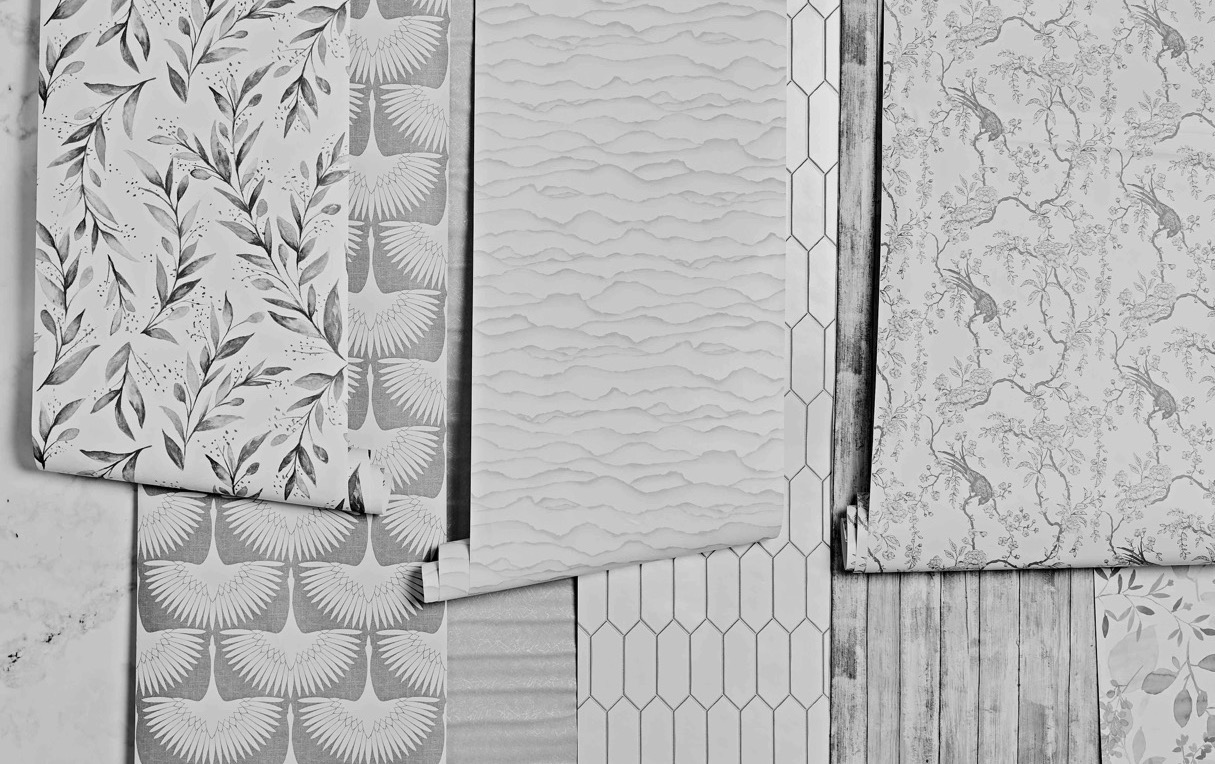

Articles
How To Get Wrinkles Out Of Peel And Stick Wallpaper
Modified: August 28, 2024
Learn how to remove wrinkles from peel and stick wallpaper with our informative articles. Say goodbye to unsightly creases and enjoy a smooth, seamless wall covering.
(Many of the links in this article redirect to a specific reviewed product. Your purchase of these products through affiliate links helps to generate commission for Storables.com, at no extra cost. Learn more)
Introduction
Peel and stick wallpaper has become a popular choice for homeowners and renters looking to add a touch of style to their living spaces. With its easy application and removal process, it offers a convenient way to update the look of a room without the need for traditional wallpaper glue.
However, like any type of wallpaper, peel and stick wallpaper is not immune to the occasional wrinkle. These wrinkles can be caused by improper installation, humidity, or simply over time as the adhesive begins to lose its grip. While wrinkles may seem like an annoyance, they are not a reason to panic! There are several simple methods you can use to smooth out those wrinkles and restore your peel and stick wallpaper to its original flawless look.
In this article, we will guide you through the process of getting wrinkles out of peel and stick wallpaper, providing you with effective methods and handy tips to achieve a smooth and sleek finish.
Key Takeaways:
- Say goodbye to wrinkles in your peel and stick wallpaper with simple methods like using a hairdryer, iron, steamer, or wallpaper smoother. Restore your wallpaper to a flawless finish and transform your living space hassle-free!
- Prepare your space and gather the necessary materials before removing wrinkles from your peel and stick wallpaper. Exercise caution, be patient, and follow manufacturer’s instructions for a smooth and successful wrinkle removal process.
Read more: How To Measure For Peel And Stick Wallpaper
Understanding Peel and Stick Wallpaper
Peel and stick wallpaper, also known as self-adhesive wallpaper or removable wallpaper, is a type of wallpaper that offers a hassle-free way to decorate your walls. Unlike traditional wallpaper, which requires wallpaper glue or paste for installation, peel and stick wallpaper comes with a pre-applied adhesive backing, allowing you to simply peel off the backing and stick it directly onto your walls.
Peel and stick wallpaper is available in a wide range of colors, patterns, and textures, making it a versatile choice for any room in your home. Whether you want to add a pop of color to your living room, create a serene atmosphere in your bedroom, or add visual interest to your kitchen backsplash, peel and stick wallpaper offers endless possibilities.
One of the key benefits of peel and stick wallpaper is its removable nature. If you decide you want to change the look of your room or remove the wallpaper altogether, you can easily peel it off without leaving behind any adhesive residue or damaging your walls. This makes it an ideal option for renters or those who like to switch up their home decor frequently.
Peel and stick wallpaper is designed to be user-friendly, even for those who are not experienced in wallpaper installation. However, wrinkles can still occur during the application process or over time as the adhesive settles. These wrinkles can diminish the overall look of the wallpaper, creating an uneven and unprofessional appearance.
Fortunately, there are effective methods to remove wrinkles from peel and stick wallpaper without damaging the material or the walls. In the following sections, we will explore these methods and provide step-by-step instructions to help you achieve a smooth and flawless finish for your peel and stick wallpaper.
Gathering the necessary materials
Before you begin the process of removing wrinkles from your peel and stick wallpaper, it’s important to gather the necessary materials. Having these items on hand will make the task easier and more efficient. Here are the materials you will need:
- A hairdryer: A hairdryer with adjustable heat settings will be used to apply heat to the wrinkled areas of the wallpaper, helping to loosen the adhesive and smooth out the wrinkles.
- An iron: If the wrinkles are stubborn and cannot be effectively addressed with a hairdryer, you can use an iron on a low heat setting, along with a protective cloth or parchment paper.
- A steamer: If you have access to a wallpaper steamer, it can be an effective tool for removing wrinkles. The steam will help relax the adhesive and allow you to smooth out the wallpaper.
- A wallpaper smoother: A wallpaper smoother, also known as a wallpaper brush or seam roller, can be used to gently press and smooth out the wallpaper once the wrinkles have been addressed.
- A soft cloth: A soft, lint-free cloth will be useful for wiping down the wallpaper and removing any dust or debris before and after the wrinkle removal process.
It’s important to note that not all of these materials may be necessary for your specific situation. The method you choose to remove wrinkles from your peel and stick wallpaper will determine which items you will need. Additionally, make sure to read and follow the instructions provided with the materials and equipment you are using to ensure safe and effective wrinkle removal.
Now that you have gathered the necessary materials, you are ready to prepare your peel and stick wallpaper for wrinkle removal. In the next section, we will discuss the steps you should take before attempting to remove the wrinkles.
Preparation before removing wrinkles
Before you dive into removing wrinkles from your peel and stick wallpaper, there are a few important steps you should take to ensure the best possible outcome. By properly preparing the wallpaper and the surrounding area, you can minimize the risk of damage and ensure a smooth and successful wrinkle removal process.
Here are the key preparation steps to follow before removing wrinkles from your peel and stick wallpaper:
- Clean the wallpaper: Start by making sure the wallpaper is clean and free from any dirt, dust, or grease. Use a soft cloth or sponge dampened with warm water and mild dish soap to gently wipe down the surface of the wallpaper. Rinse with clean water and allow it to dry completely before proceeding.
- Inspect the wallpaper: Carefully inspect the wallpaper for any signs of damage or loose edges. If you notice any areas that are peeling or coming loose, use a small amount of adhesive or double-sided tape to secure them before attempting to remove the wrinkles.
- Choose a well-ventilated area: It’s important to work in a well-ventilated room to ensure proper air circulation and prevent the build-up of heat and steam. Open windows or use fans to create a flow of fresh air to the area where you’ll be removing the wrinkles.
- Protect surrounding surfaces: Place a drop cloth or old sheets on the floor and nearby furniture to protect them from any accidental damage or moisture. This will prevent any potential staining or damage to your belongings during the wrinkle removal process.
- Check the manufacturer’s instructions: Different peel and stick wallpaper brands may have specific instructions or recommendations for wrinkle removal. Take a few moments to review the manufacturer’s instructions or visit their website for any specific guidelines or precautions.
By following these preparation steps, you’ll create an optimal environment for removing wrinkles from your peel and stick wallpaper. Once you’ve taken these precautions, you’re now ready to explore the various methods you can use to smooth out those pesky wrinkles. In the following sections, we will discuss four effective methods for wrinkle removal and provide step-by-step instructions for each method.
Method 1: Using a Hairdryer
Using a hairdryer is a simple and effective method for removing wrinkles from peel and stick wallpaper. The application of heat helps to soften the adhesive, allowing you to smooth out the wrinkles and restore the wallpaper to its original condition. Here’s how to use a hairdryer to remove wrinkles:
- Plug in the hairdryer: Start by plugging in the hairdryer and setting it to medium heat. It’s important to avoid using high heat, as it can damage the wallpaper or cause it to lift.
- Hold the hairdryer at a safe distance: Hold the hairdryer at least 6 inches away from the wallpaper to prevent overheating or scorching. Keep the hairdryer moving in a back and forth motion to evenly distribute the heat.
- Direct the heat towards the wrinkles: Target the heat towards the wrinkled areas of the wallpaper. Move the hairdryer slowly and consistently along the length of the wrinkles, applying heat for a few seconds at a time.
- Gently smooth out the wrinkles: As you apply the heat, use your hand or a clean, dry cloth to gently smooth out the wrinkles. Apply light pressure and work from the center of the wrinkle towards the edges until the wallpaper appears smooth and wrinkle-free.
- Allow the wallpaper to cool and set: Once you have smoothed out the wrinkles, allow the wallpaper to cool for a few minutes. This will help the adhesive to set and ensure the wrinkles do not reappear.
It may take a few passes with the hairdryer and smoothing out the wrinkles to achieve the desired results. Be patient and take your time to avoid overheating the wallpaper or causing any damage.
Using a hairdryer is a convenient method for removing wrinkles, especially for smaller or less stubborn wrinkles. However, for more persistent wrinkles, you may need to explore other methods such as using heat from an iron or using a wallpaper steamer. We will discuss these methods in the next sections to provide you with a comprehensive guide for wrinkle removal from peel and stick wallpaper.
Use a hairdryer on low heat to gently warm the wrinkled area of the peel and stick wallpaper. Smooth out the wrinkles with a soft cloth as you heat the area. Be careful not to overheat the wallpaper.
Method 2: Applying Heat with an Iron
If the wrinkles in your peel and stick wallpaper are more stubborn and cannot be effectively removed with a hairdryer, you can try using an iron to apply heat. This method allows for more concentrated and controlled heat application, which can help to relax the adhesive and smooth out the wrinkles. Here’s how to use an iron to remove wrinkles from your peel and stick wallpaper:
- Set the iron to a low heat setting: Start by setting your iron to a low heat setting. Avoid using high heat, as it can damage the wallpaper or cause it to lift. Additionally, select the “no steam” option on your iron.
- Prepare a protective cloth or parchment paper: To protect the wallpaper from direct contact with the iron, place a thin, clean cloth or a sheet of parchment paper over the wrinkled area. This creates a barrier between the iron’s heat and the wallpaper.
- Apply gentle pressure with the iron: With the protective cloth or parchment paper in place, gently press the iron over the wrinkled area. Move the iron in circular motions or back and forth, applying heat for a few seconds at a time.
- Check the progress: Lift the iron and check the progress of the wrinkles. If they are beginning to smooth out, continue to apply heat and gentle pressure until the wrinkles are completely removed. If needed, adjust the heat setting and continue the process.
- Allow the wallpaper to cool and set: Once the wrinkles have been smoothed out, allow the wallpaper to cool for a few minutes. This will give the adhesive time to set and help to prevent the wrinkles from reappearing.
It’s essential to be cautious when using an iron on peel and stick wallpaper. Ensure that the heat is not too intense and that you are maintaining a steady pressure to avoid damaging the wallpaper. If you have any concerns, you can always test the iron on a small inconspicuous area before proceeding with the entire wallpaper.
Remember, this method should only be used on heat-resistant peel and stick wallpaper surfaces. If your wallpaper is made of delicate or sensitive materials, or if you are unsure about using an iron, it’s best to explore alternative methods such as using a hairdryer or a wallpaper steamer.
In the next section, we will discuss another effective method for removing wrinkles from peel and stick wallpaper – steaming the wallpaper.
Method 3: Steaming the Wallpaper
Steaming the wallpaper is another effective method for removing wrinkles from peel and stick wallpaper. The steam helps to loosen the adhesive, allowing you to smooth out the wrinkles and restore the wallpaper’s appearance. Here’s how you can steam your wallpaper:
- Obtain a wallpaper steamer: If you have access to a wallpaper steamer, it will make the steaming process easier and more efficient. Wallpaper steamers can be rented from home improvement stores or purchased for long-term use. Alternatively, you can use a handheld garment steamer or a regular clothing iron with a steam function.
- Prepare the steamer: Fill your wallpaper steamer or garment steamer with water according to the manufacturer’s instructions. Allow the steamer to heat up until steam is being produced. If you are using a clothing iron, fill it with water and set it to the lowest steam setting.
- Hold the steamer near the wrinkles: Hold the steamer a few inches away from the wrinkled areas of the wallpaper. Move the steamer slowly and evenly across the length of the wrinkles, allowing the steam to penetrate the adhesive and soften the wallpaper.
- Smooth out the wrinkles: As the steam loosens the adhesive, use your hand or a clean, dry cloth to gently smooth out the wrinkles. Apply light pressure and work from the center of the wrinkle towards the edges until the wallpaper appears smooth and wrinkle-free.
- Allow the wallpaper to dry and set: After smoothing out the wrinkles, allow the wallpaper to dry completely. This will enable the adhesive to set and ensure that the wrinkles do not reappear. Avoid touching or pressing on the wallpaper until it has fully dried.
It’s important to exercise caution when using steam to remove wrinkles from peel and stick wallpaper. Avoid direct contact with the steam or excess moisture, as it can cause the wallpaper to become saturated or lose adhesion. Always follow the instructions provided with your steamer or iron to ensure safe and effective steaming.
If you don’t have access to a steamer or prefer not to use one, you can explore alternative methods such as using a hairdryer or applying heat with an iron. We will discuss one more method in the following section – using a wallpaper smoother.
Method 4: Using a Wallpaper Smoother
Using a wallpaper smoother, also known as a wallpaper brush or seam roller, is a handy method for removing wrinkles from peel and stick wallpaper. This tool allows you to apply even pressure and smooth out any imperfections in the wallpaper surface. Here’s how to use a wallpaper smoother to remove wrinkles:
- Choose a wallpaper smoother: Select a wallpaper smoother that is suitable for your type of peel and stick wallpaper. There are different types of smoothers available, including brushes with soft bristles or rollers with a textured surface.
- Start from one end of the wallpaper: Begin at one end of the wrinkled section and place the smoother against the wallpaper.
- Apply even pressure: As you move the smoother along the length of the wrinkle, apply even pressure and push firmly against the wallpaper surface. This will help to smooth out the adhesive and eliminate any wrinkles.
- Work in small sections: Divide the wrinkled area into smaller sections to ensure thorough smoothing. Repeat the process of applying pressure with the wallpaper smoother on each section until you have covered the entire wrinkled area.
- Inspect and touch up: After using the wallpaper smoother, carefully inspect the wallpaper for any remaining wrinkles. If you notice any, use your hand or the smoother to apply additional pressure and smooth them out.
A wallpaper smoother is a versatile tool that can be used on various types of peel and stick wallpaper. It helps to distribute the adhesive evenly and ensure a smooth and professional finish. However, it is important to use the smoother gently and avoid applying excessive force, as this can damage the wallpaper or cause it to lift.
Remember, depending on the severity of the wrinkles, you may need to combine multiple methods or try different approaches to achieve the best results. Additionally, always refer to the manufacturer’s instructions for your specific type of peel and stick wallpaper to ensure compatibility with a wallpaper smoother.
Now that you are familiar with the four effective methods for removing wrinkles from peel and stick wallpaper, it’s time to put them into action. Remember to follow the instructions carefully and exercise caution to avoid any damage to the wallpaper or the surrounding area.
Additional Tips and Precautions
While the methods described above are effective for removing wrinkles from peel and stick wallpaper, it’s important to keep in mind some additional tips and precautions to ensure the best outcome and protect your walls:
- Start with a clean and dry surface: Before applying any method to remove wrinkles, ensure that the wallpaper is clean and free from any dust or debris. This will help the adhesive bond properly and ensure a smoother finish.
- Avoid excessive moisture: While some methods involve the use of steam or damp cloths, it’s crucial to avoid saturating the wallpaper with excessive moisture. Too much water can cause the adhesive to weaken, and the wallpaper may peel or lose adhesion.
- Test in an inconspicuous area: If you’re unsure about the compatibility of a method or tool with your peel and stick wallpaper, it’s always a good idea to perform a test in a small, inconspicuous area first. This will help you assess any potential adverse effects without risking damage to the entire wallpaper.
- Be patient: Removing wrinkles from peel and stick wallpaper may require multiple attempts or a combination of methods. Take your time and be patient when working on the wrinkles to achieve the best results.
- Follow manufacturer’s instructions: Every type of peel and stick wallpaper may have specific instructions and recommendations. It’s important to read and follow the instructions provided by the manufacturer to ensure proper application and removal of the wallpaper.
- Avoid excessive heat: While heat can help in removing wrinkles, it’s essential to avoid using excessive heat that can damage the wallpaper or cause it to lift. Always use a low to medium heat setting and monitor the wallpaper closely during the process.
- Consult a professional: If you’re unsure about tackling the task of removing wrinkles on your own, or if you have delicate or valuable wallpaper, consider consulting a professional installer who has experience with peel and stick wallpaper.
By following these tips and taking the necessary precautions, you can effectively remove wrinkles from your peel and stick wallpaper and restore its original flawless appearance. Remember, each wallpaper brand and type may have specific requirements, so always refer to the instructions provided by the manufacturer for the best results.
With your newfound knowledge and the right tools and techniques, you can confidently tackle wrinkled peel and stick wallpaper, transforming your space into a visually appealing and smooth backdrop.
Conclusion
Removing wrinkles from peel and stick wallpaper doesn’t have to be a daunting task. With the right methods and techniques, you can effectively restore your wallpaper to its original smooth and flawless appearance. Whether you choose to use a hairdryer, apply heat with an iron, steam the wallpaper, or use a wallpaper smoother, the key is to be patient and follow the instructions carefully.
Before you begin, gather the necessary materials and prepare both your wallpaper and the surrounding area. Clean the wallpaper, inspect for any damage, and ensure proper ventilation in the room. By taking these steps, you set yourself up for success in removing wrinkles without causing any damage.
Throughout the process, remember to exercise caution. Avoid using excessive heat or moisture, and always test any methods or tools in an inconspicuous area before applying them to the entire wallpaper. Additionally, follow the manufacturer’s instructions specific to your peel and stick wallpaper to ensure proper application and removal.
By incorporating additional tips and precautions, such as starting with a clean surface, being patient, and avoiding excessive heat, you can achieve the best results while protecting your wallpaper and walls from any potential damage.
Whether you’re a homeowner wanting to update the look of a room or a renter looking to personalize your living space, peel and stick wallpaper offers a convenient and versatile solution. By knowing how to effectively remove wrinkles, you can maintain the visual appeal and longevity of your peel and stick wallpaper, allowing you to enjoy a beautiful and seamless backdrop.
With the knowledge and techniques outlined in this article, you are now equipped to tackle wrinkled peel and stick wallpaper with confidence. So go ahead and smooth out those wrinkles, transform your space, and let your creativity shine.
Now that you've mastered smoothing out those pesky wrinkles in your peel and stick wallpaper, why not tackle more ambitious projects around your home? For hands-on enthusiasts eager to transform their living spaces, our guide on DIY home improvement offers practical advice and creative ideas. Ready for a more significant change? Our review of the top hardwood floors will help you choose the perfect option for your next home renovation project. Both articles are packed with tips to make your home more stylish and comfortable.
Frequently Asked Questions about How To Get Wrinkles Out Of Peel And Stick Wallpaper
Was this page helpful?
At Storables.com, we guarantee accurate and reliable information. Our content, validated by Expert Board Contributors, is crafted following stringent Editorial Policies. We're committed to providing you with well-researched, expert-backed insights for all your informational needs.
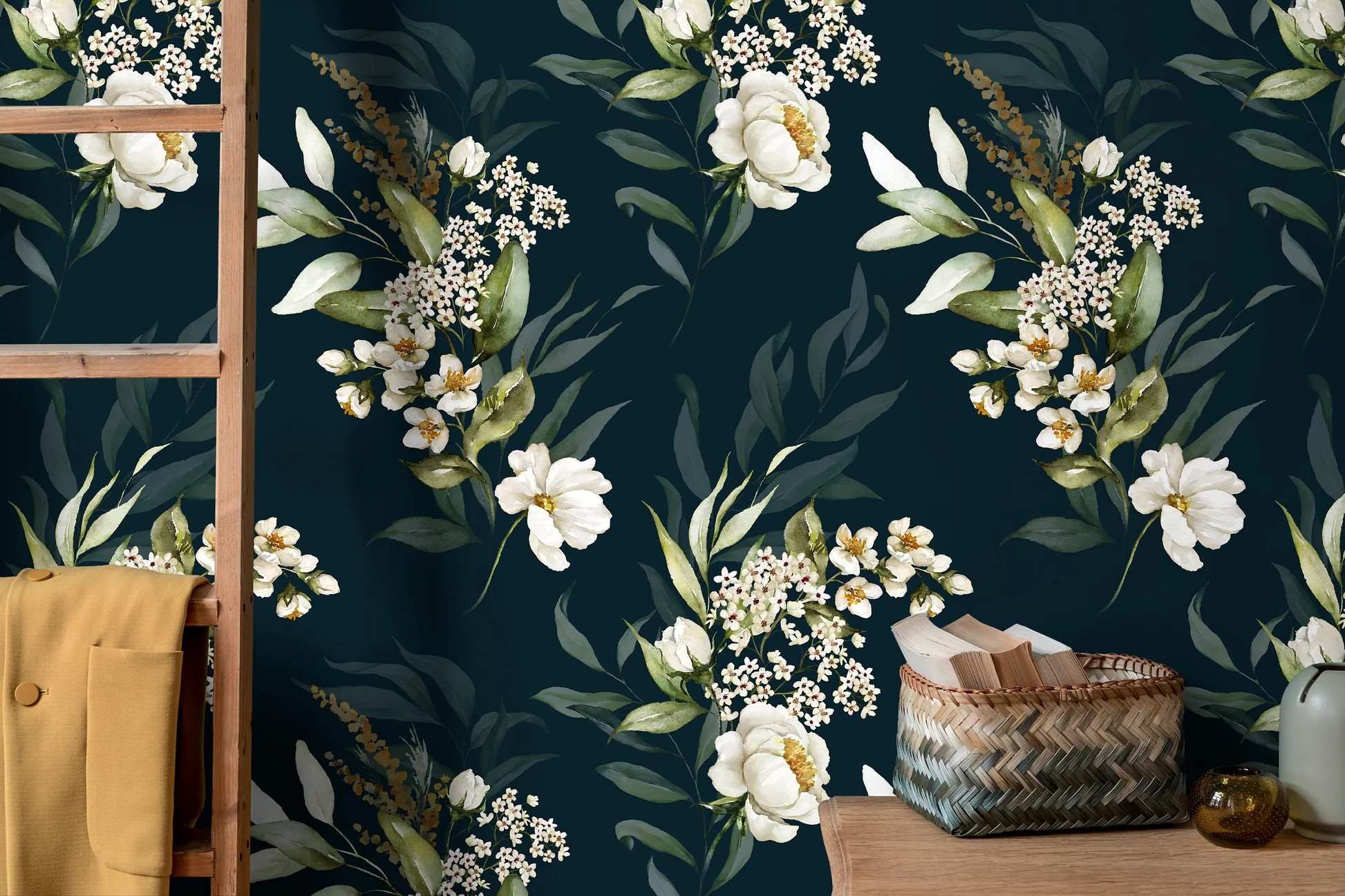
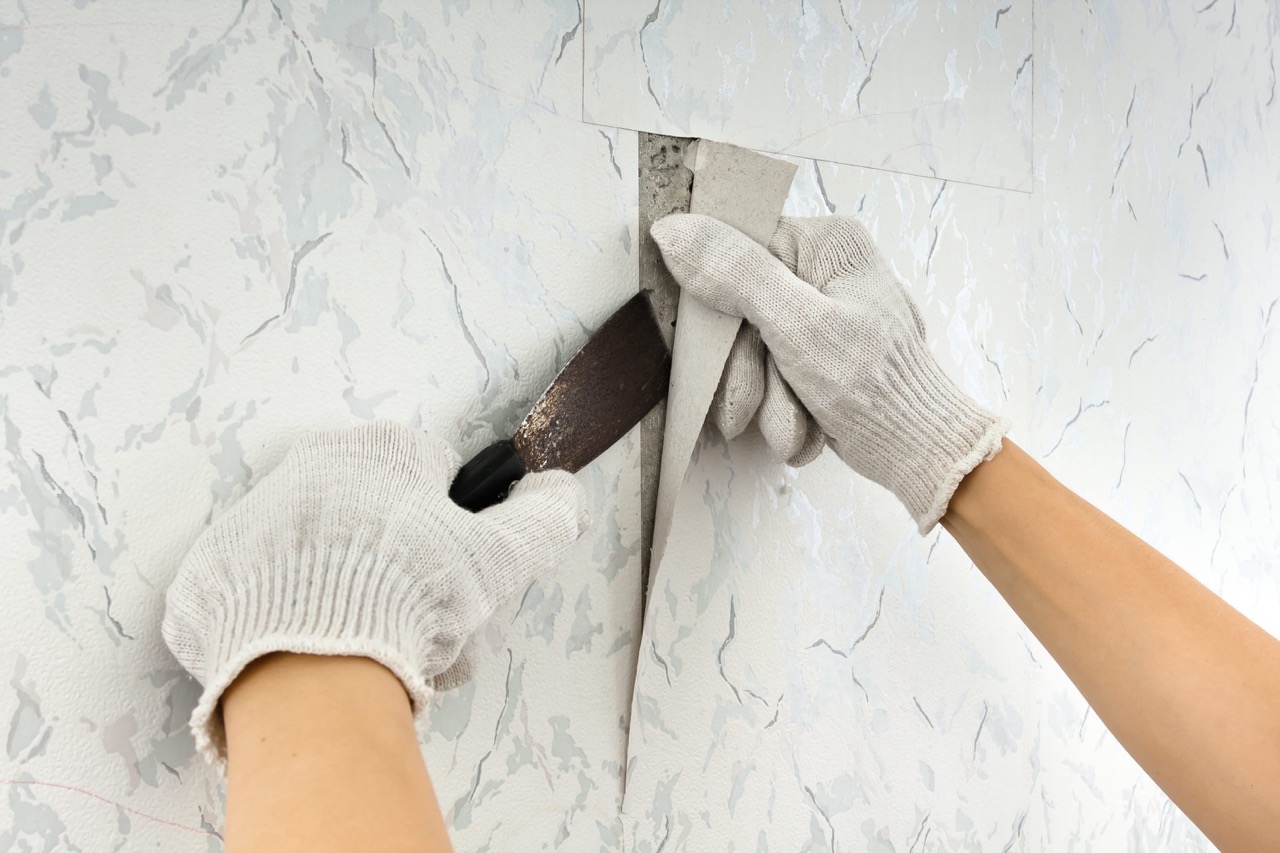
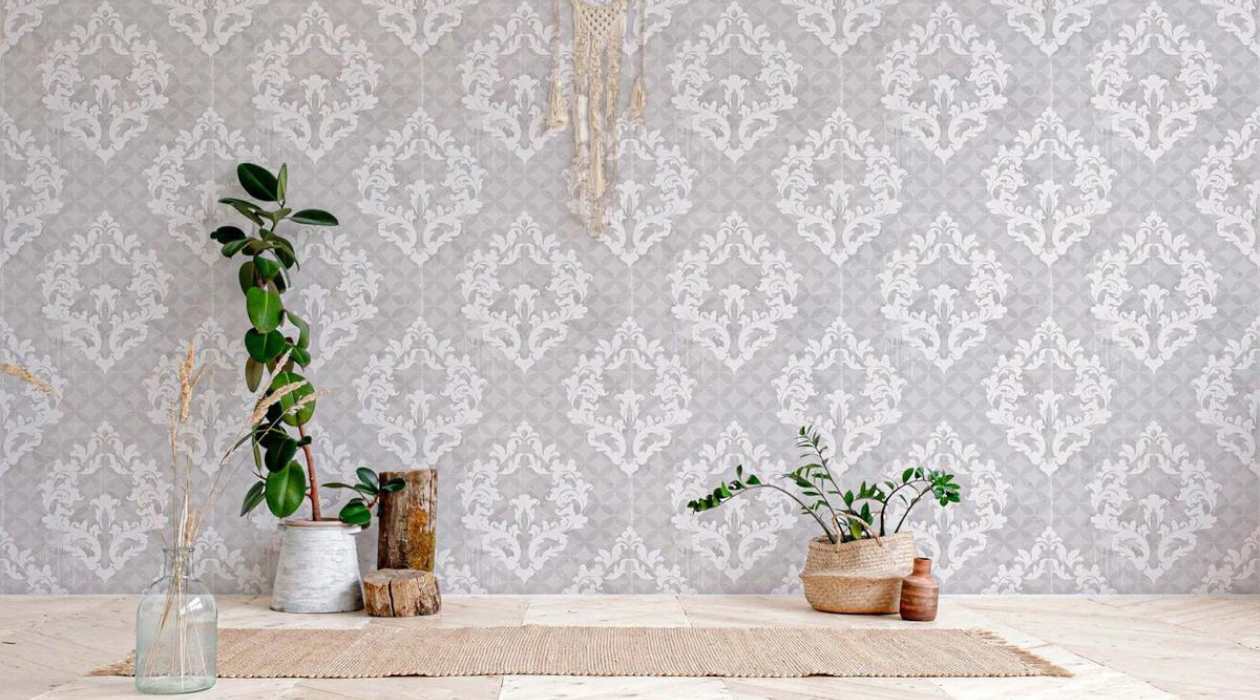
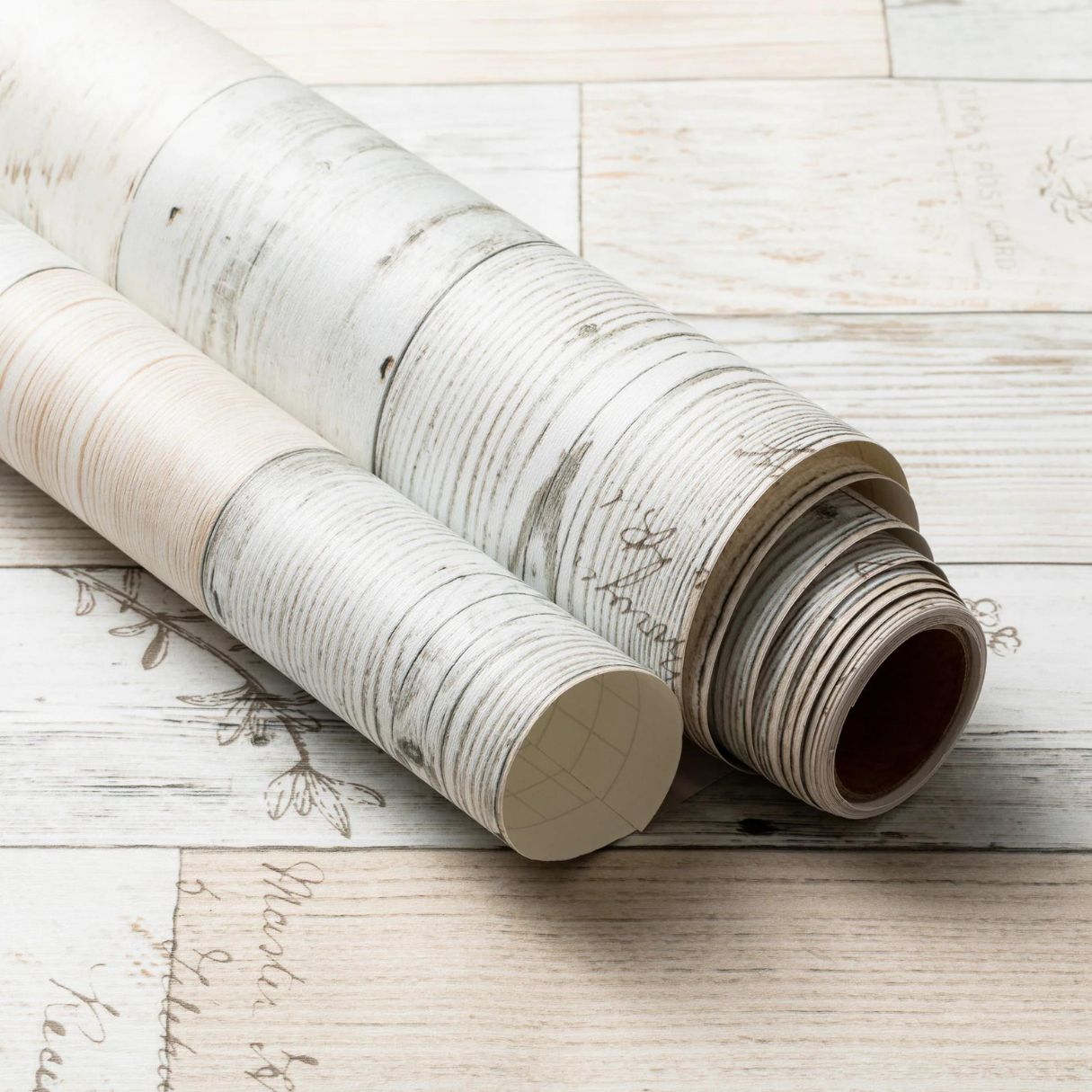
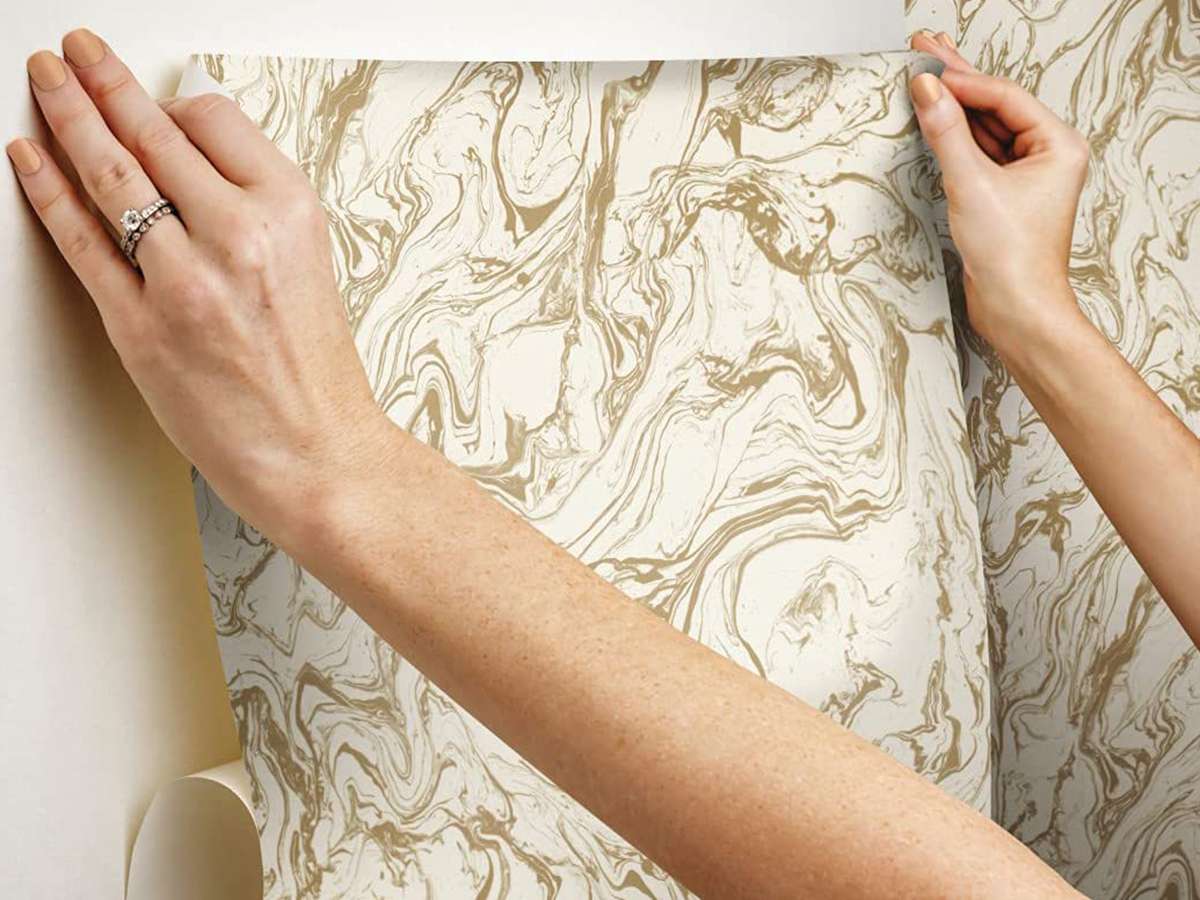
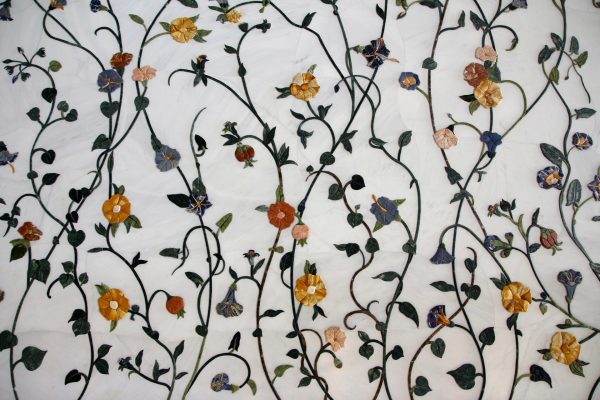
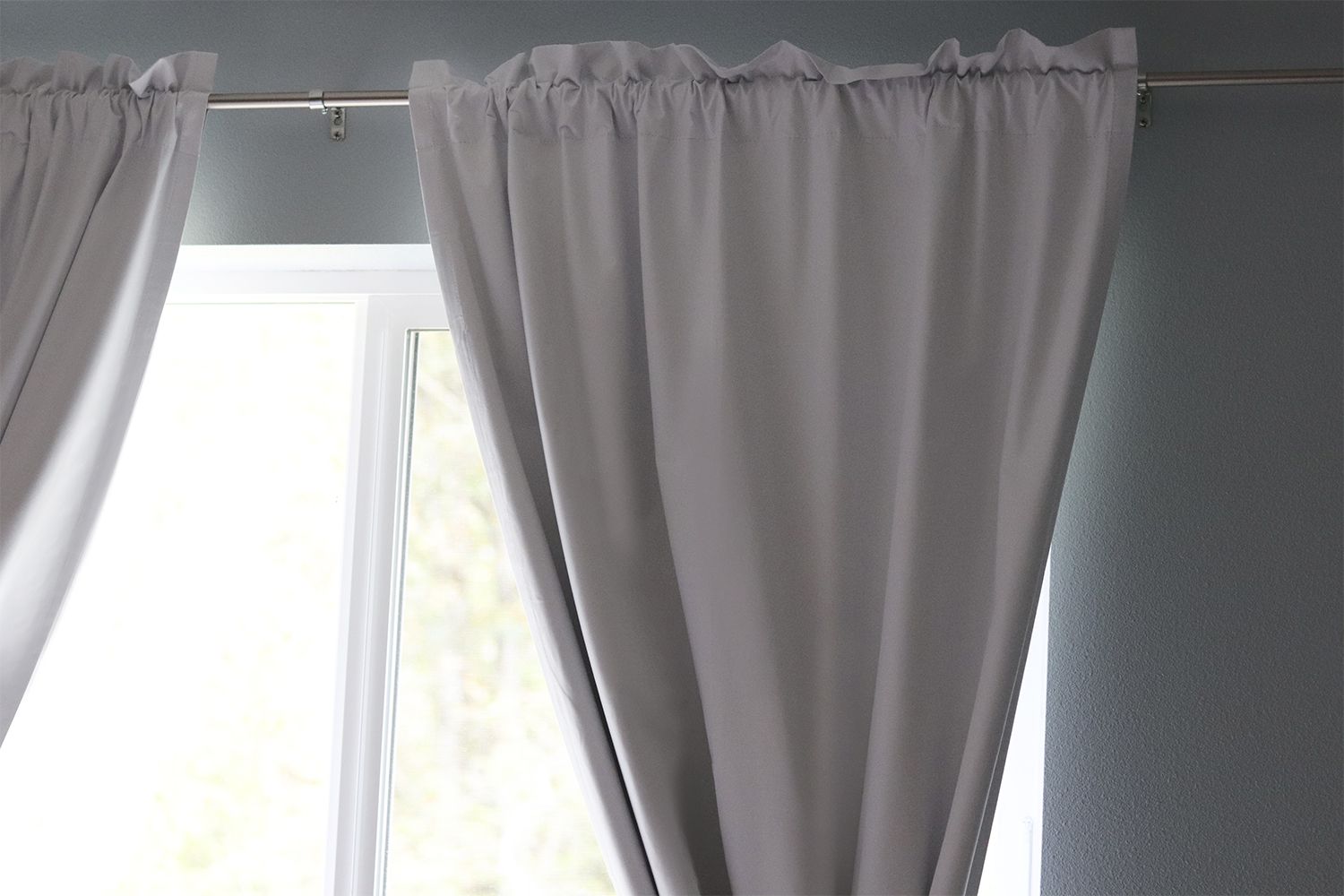
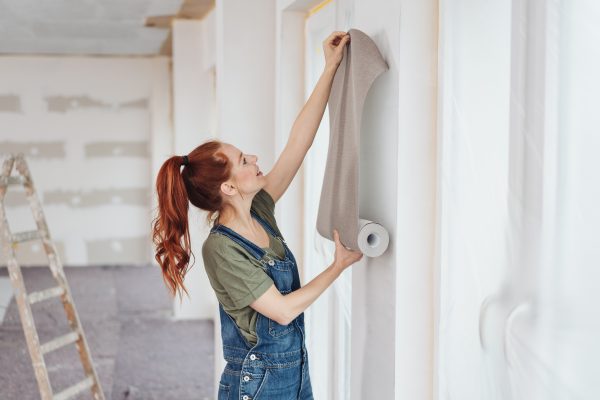
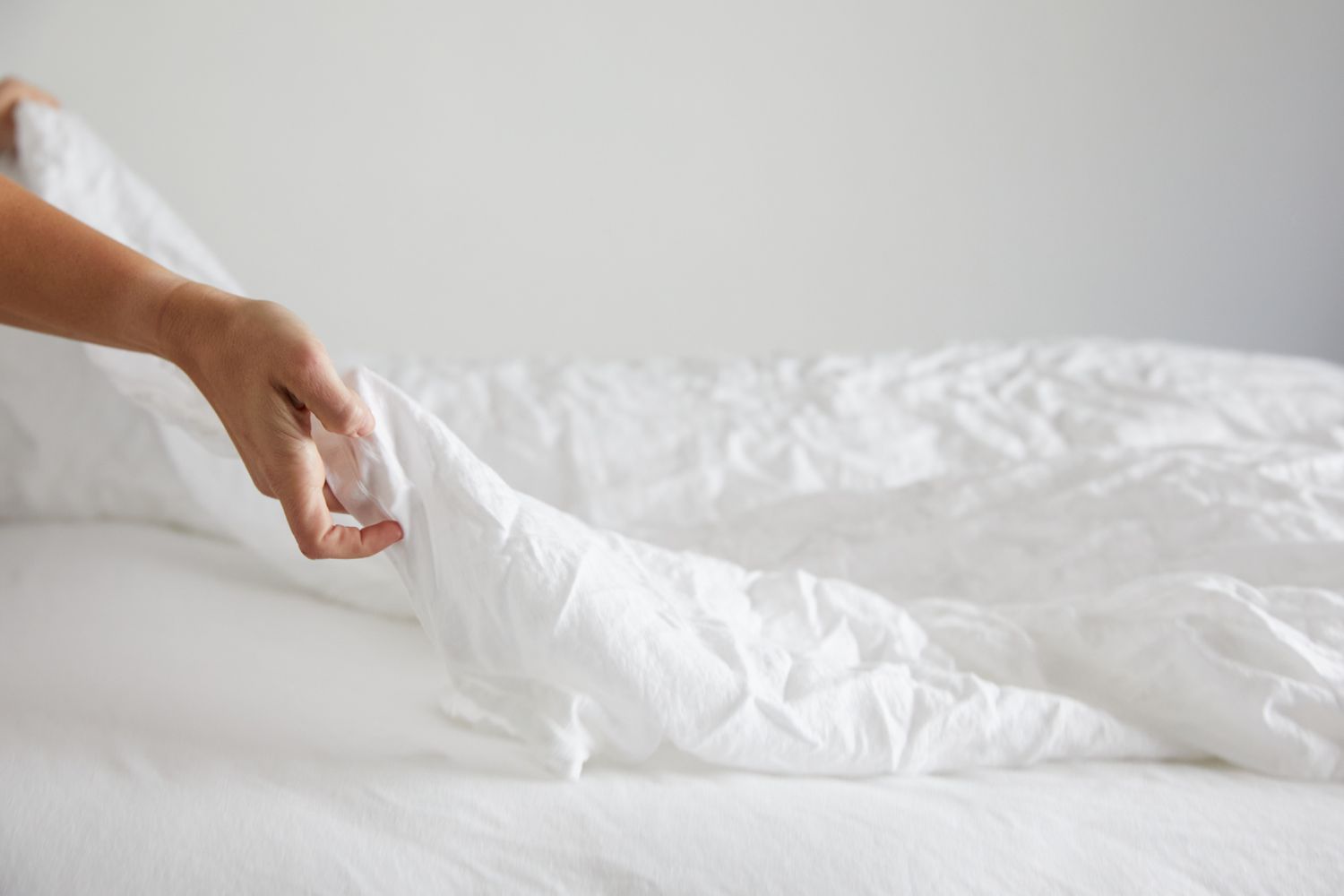
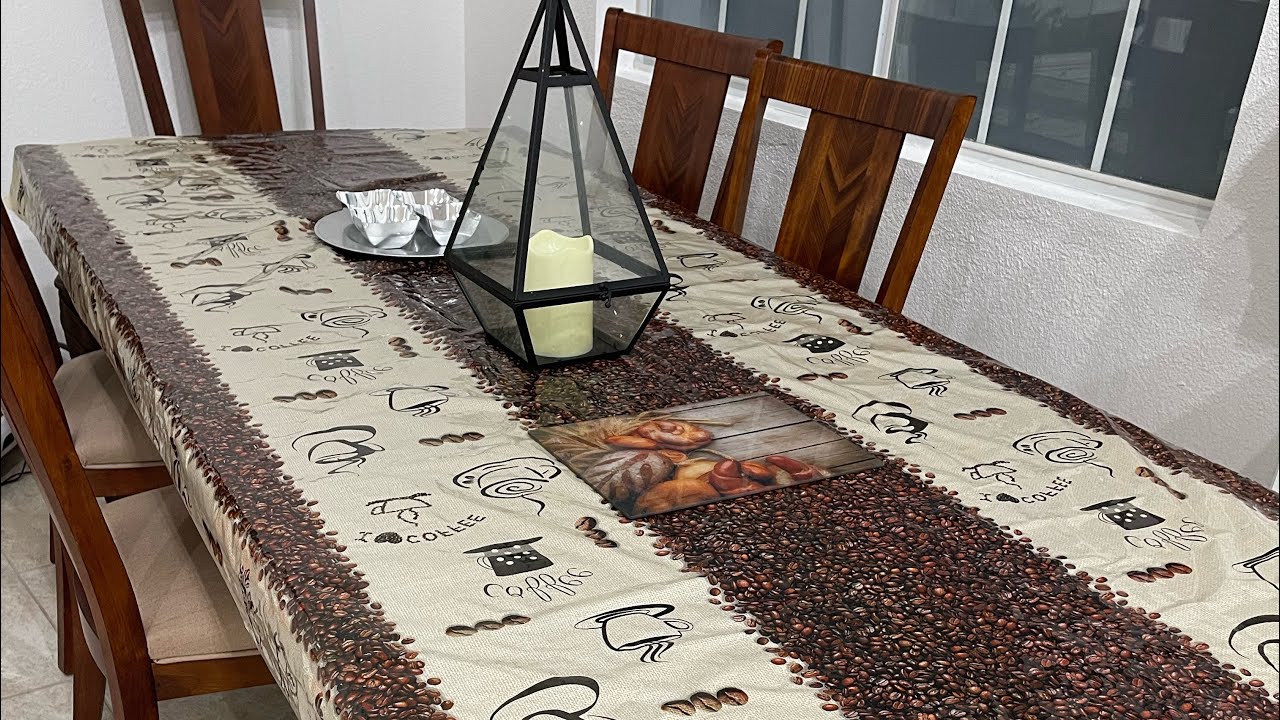
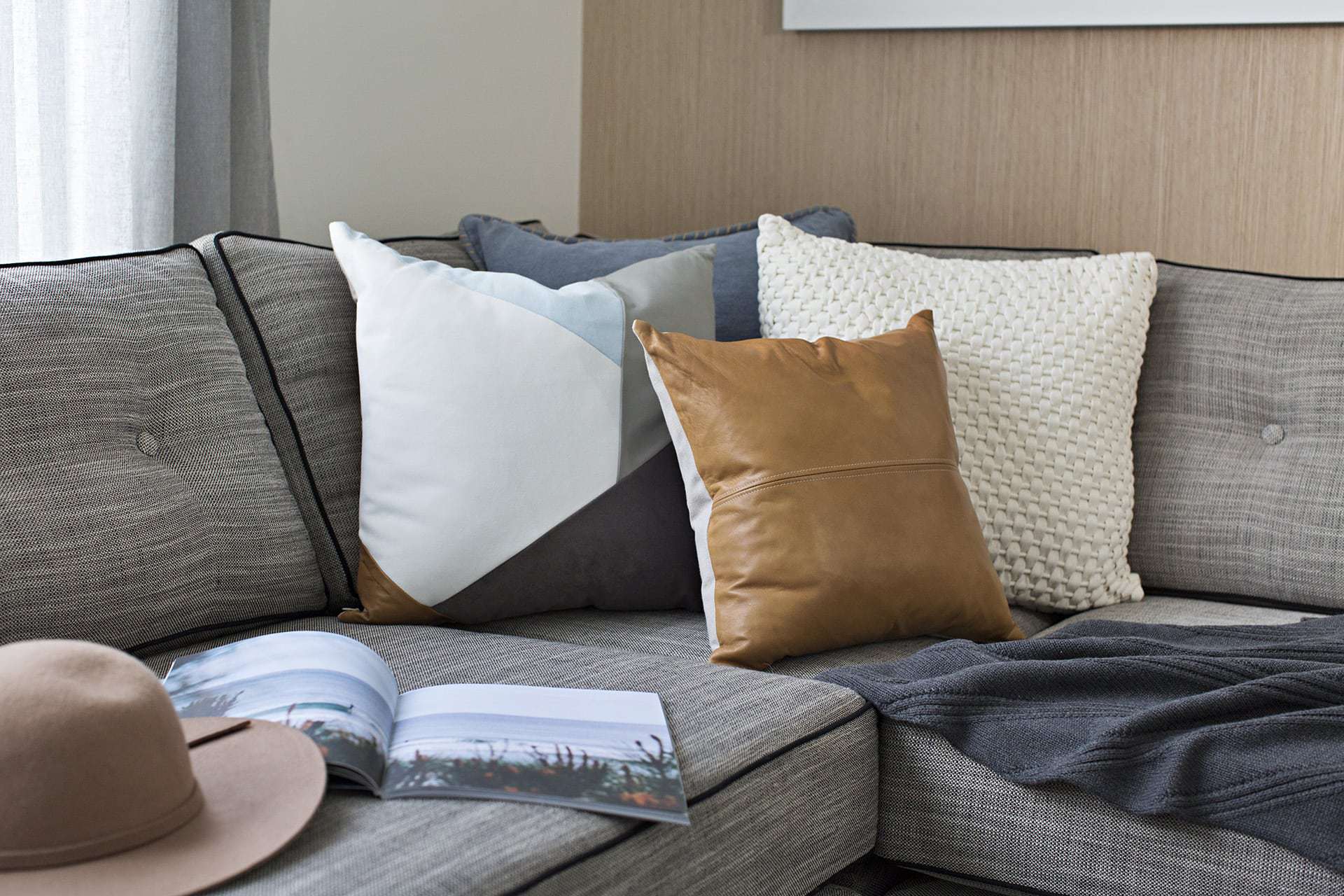
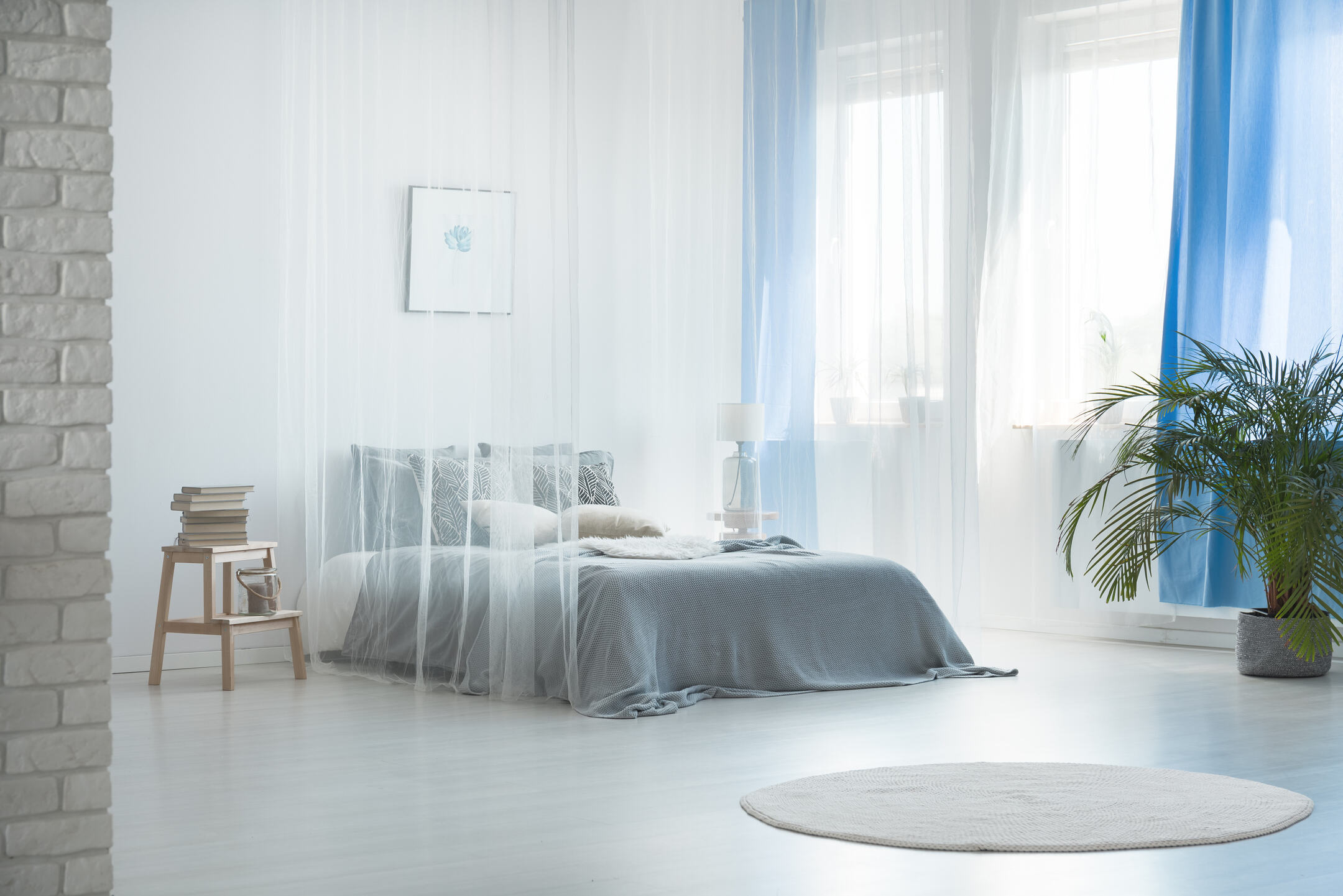
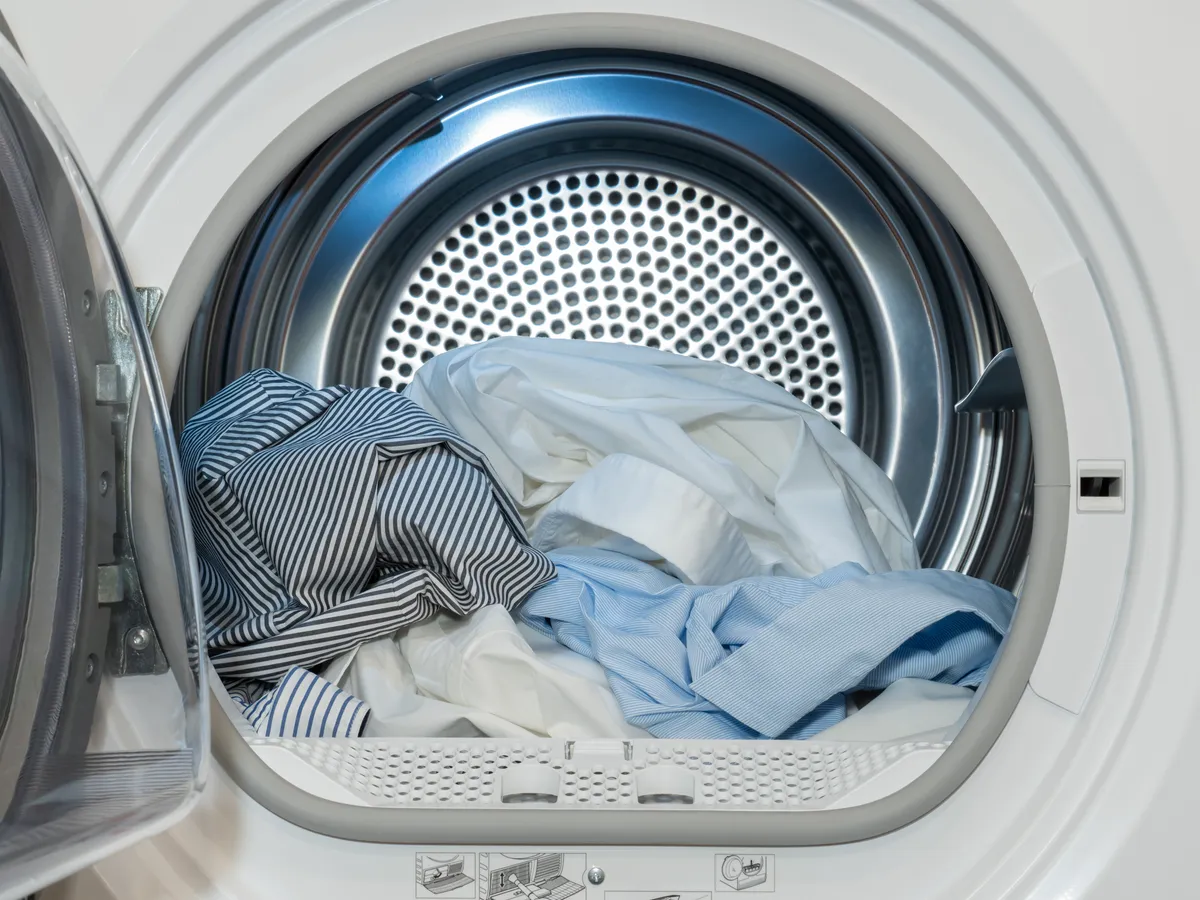

0 thoughts on “How To Get Wrinkles Out Of Peel And Stick Wallpaper”